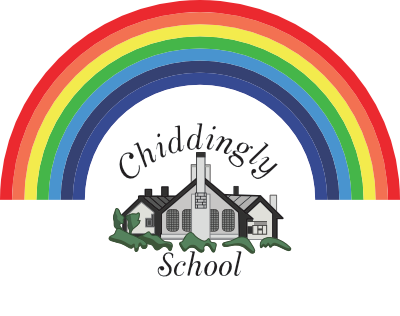The vision of the four Pioneer Federation schools (St Mary the Virgin, Chiddingly Primary, Park Mead and East Hoathly Primary and Nursery) is ‘Achievement for All, Learning Together, Learning for Life’ and this radiates through our policy for children with special educational needs and disabilities.
The Children and Families Act 2014 says that all maintained schools must publish a Special Educational Needs and Disabilities (SEND) Information Report every year. This can be found below.
In the report, we explain how we meet our duties towards pupils with special educational needs and disabilities. This report is also the information we provide to the East Sussex local offer which shows the support that is available for children and young people with special educational needs and disabilities in East Sussex: localoffer.eastsussex.gov.uk
The federation schools are mainstream primaries admitting pupils from age 4 -11. East Hoathly also has a Nursery. We are inclusive schools – that means we provide for children with all types of special educational need. Within the Pioneer Federation, it is fully recognised that all class teachers are the teachers of children with Special Educational Needs and disabilities (SEND).
The kinds of SEND that are provided for are categorised into four broad areas of need:
- communication and interaction, including speech and language difficulties and autism
- cognition and learning, including developmental delay, and specific difficulties such as dyslexia and dyscalculia
- social, emotional and mental health difficulties including difficulties with behaviour, attention deficit disorder ADD, attention deficit hyperactivity disorder ADHD, attachment disorder or anxiety
- sensory and/or physical needs including visual or hearing impairment, dyspraxia, cerebral palsy and other physical or medical conditions which affect a child’s learning
The report below includes details of the processes in place to identify children with SEND and for assessing their needs and required provision.
Useful Links
- ESCC Local Offer
- East Sussex 1 Space
- The award winning Speech & Language Parent Portal for parents
- Amaze is a charity that gives information, advice and support to families with children and young people with special educational needs and disabilities (SEND) in East Sussex. They offer the SENDIASS advice line, parent groups and befriending, young people’s groups, workshops, benefits advice and a neurodevelopmental family support service. Your child does not need a diagnosis to get support from Amaze.Visit amazesussex.org.ukEmail: sendiass@amazesussex.org.ukCall: 01273 772289 (Mon – Fri, 9am to 5pm)There are full details of our services on our website and the Events page. Amaze’s services include:
- Free workshops and courses on education, benefits and more
- Parent carer support groups in Eastbourne, Bexhill, Hailsham, Uckfield and Heathfield as well as online groups via WhatsApp
- One to one befriending for parent carers around the time of diagnosis or other challenges
- DLA and PIP advice service – advice and sometimes practical support with claiming disability benefits
- Amazing Futures young people’s groups – regular social and peer support groups at locations across East Sussex
- ND Family Support– navigation and training for families with children and young people before and after assessment for neurodevelopmental differences such as autism, ADHD and tics/Tourettes.

































